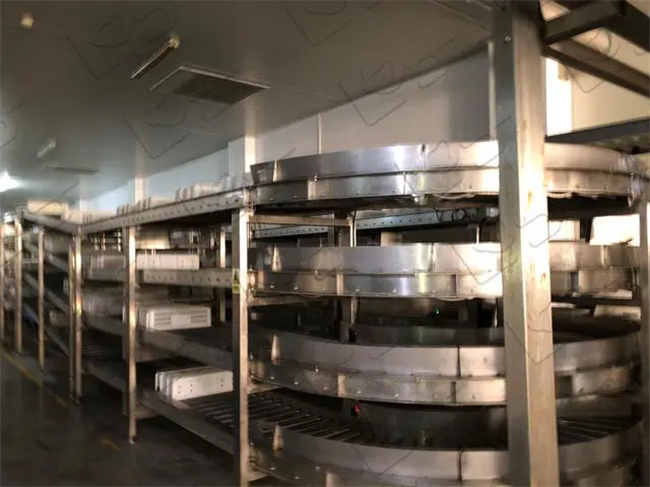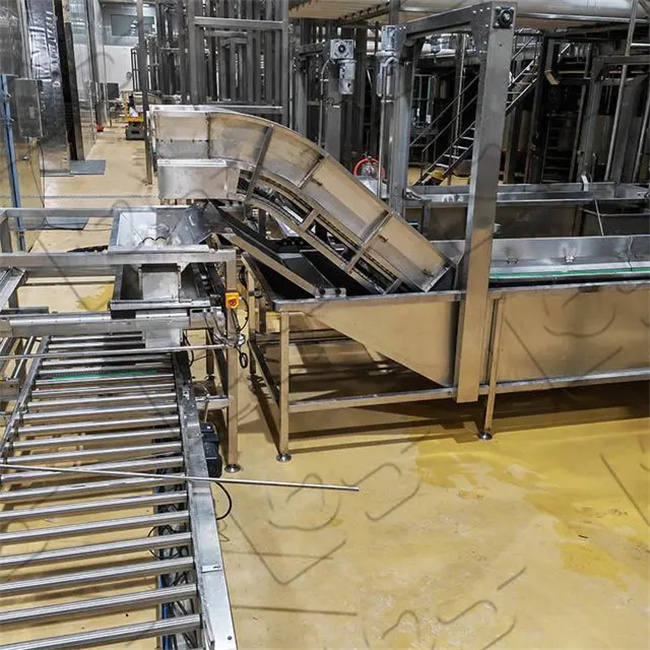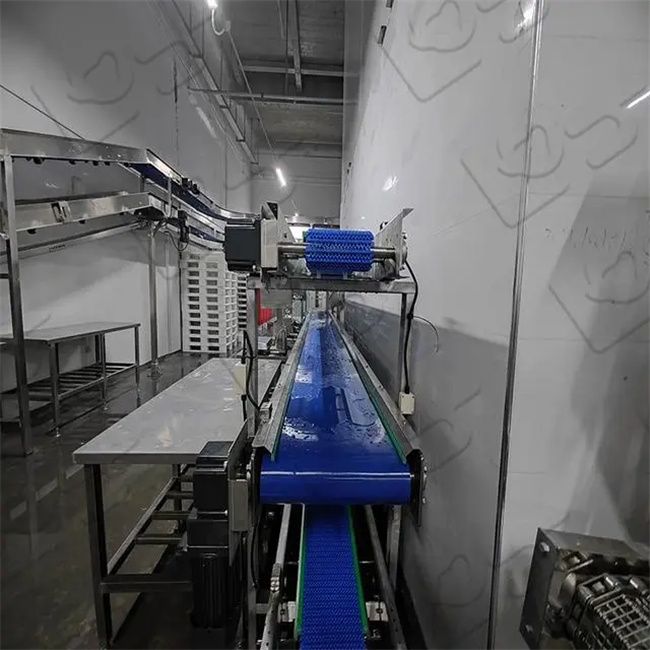
Automated Conveyor Line
Using automated production lines in modern manufacturing brings numerous significant benefits. These advantages not only enhance production efficiency and product quality but also boost the competitiveness and sustainable development of enterprises. Here are some of the main benefits:
Improved Production Efficiency: Automated production lines, equipped with precise robots, automated equipment, and intelligent control systems, can operate continuously 24 hours a day, significantly increasing production speed and capacity. Compared to manual operations, automation reduces human errors and downtime, thereby notably enhancing overall production efficiency.
Reduced Labor Costs: Automation decreases the reliance on manual labor, especially in highly repetitive and physically demanding positions. This not only cuts down on the costs associated with recruitment, training, and employee management but also avoids production instability caused by employee turnover.
Enhanced Product Quality: Automated production lines utilize precision equipment and strict control systems to ensure that each production step adheres to preset parameters, minimizing quality fluctuations due to human factors. Meanwhile, real - time quality monitoring and feedback mechanisms can promptly detect and correct issues, thus improving product stability and consistency.
Increased Production Flexibility: Modern automated production lines are often highly flexible and configurable, capable of rapid adjustment according to the production requirements of different products. This not only shortens the product changeover time but also improves the utilization rate of the production line and the ability to respond to market changes.
Improved Working Environment: Automated production lines free workers from arduous, dangerous, or hazardous working environments, improving their working conditions. At the same time, they reduce safety hazards in manual operations and enhance the safety of the production site.
Promoted Technological Innovation: The application of automated production lines drives technological innovation and development in the manufacturing industry. To enhance their automation level, enterprises need to continuously introduce new technologies, equipment, and processes, thus promoting technological progress and industrial upgrading across the entire industry.
Enhanced Data Analysis and Decision - Making Capabilities: The massive amount of data generated by automated production lines provides rich resources for enterprise data analysis. Through data mining and analysis, enterprises can gain a more accurate understanding of production status, predict market trends, optimize production processes, and make more scientific and rational decisions.

Automated Production Line Equipment
Automated production lines have significant advantages in terms of improving production efficiency, reducing costs, and enhancing product quality. However, they also have some drawbacks. Here is a detailed analysis of the disadvantages of automated production lines:
I. High Costs
High Initial Investment: The construction cost of an automated production line is much higher than that of a traditional production line, imposing a heavy economic burden on small and medium - sized enterprises.
High Operation and Maintenance Costs: A professional team is required for maintenance. The costs of training technical personnel, paying salaries, and maintaining equipment are high.
II. Technical Complexity
High Technical Threshold: The design, installation, and operation and maintenance of automated production lines require a high level of specialization, demanding that enterprises possess strong technical capabilities and talent reserves.
High Dependence: There is a great dependence on external technologies, equipment, and software. Malfunctions or vulnerabilities can have a significant impact, necessitating a comprehensive technical support system.
III. Lack of Flexibility and Adaptability
Lack of Flexibility: It is difficult to adjust the production line. When products are updated, the production line needs to be redesigned, which incurs high costs and risks.
Insufficient Adaptability: Faced with diverse market demands, the adaptability is lacking, and continuous investment is required for upgrading and transformation.
IV. Safety and Risk Issues
Risk of Personal Injury: High - speed operating equipment and robots pose a risk of personal injury.
Risk of Data Leakage: With close connections to the Internet, the risk of data leakage and cyber - attacks increases.
V. Impact on Employment
Employment Impact: The reduced demand for manual labor has an impact on employment in industries with a high concentration of low - skilled workers. Workers may face unemployment or need to change jobs.
While automated production lines bring many advantages, there are also some drawbacks that cannot be ignored. When deciding whether to introduce an automated production line, enterprises need to comprehensively consider their actual situation and needs, and weigh the pros and cons.
